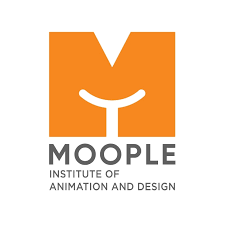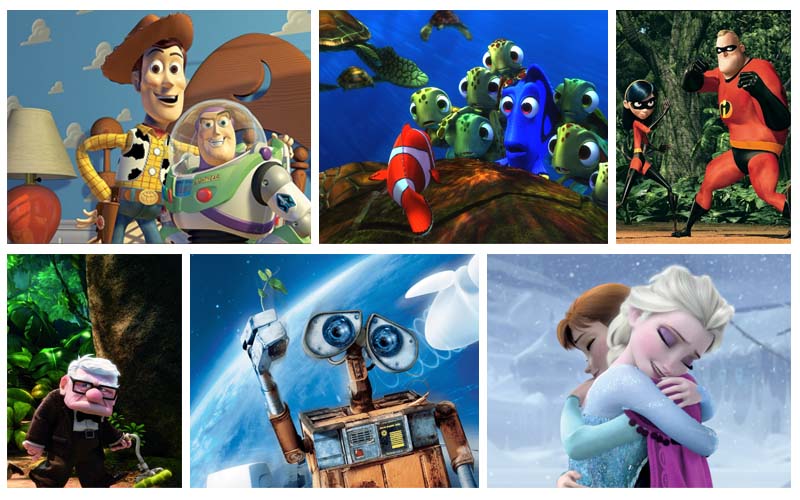The world of 3D animation has come a long way, evolving into one of the most visually captivating and technically challenging forms of storytelling. For aspiring animators, watching high-quality 3D animated films isn’t just about entertainment—it’s a way to learn and understand the intricacies of animation techniques, from character design to the physics of movement.
If you’re looking to deepen your understanding of 3D animation, here are some must-watch movies that demonstrate stunning animation techniques.
1. Toy Story (1995) – The Foundation of 3D Animation
Toy Story, Pixar’s groundbreaking film, was the first full-length feature to be entirely created using CGI. Directed by John Lasseter, it set the stage for modern 3D animation with its innovative use of technology.
- What to learn: Toy Story is a masterclass in the basics of 3D animation, including object rigging, character movement, and textures. Animators can study how simple objects, such as toys, are brought to life with believable expressions and fluid motion.
- Animation tip: Pay close attention to how different materials (plastic, fabric) are rendered and how the lighting contributes to the overall realism of the scenes.
If you are excited about the 3d animation and want to learn more about the techniques used in top 3d animation movies then search for 3d animation course near me.
2. Finding Nemo (2003) – Perfecting Water Physics and Environmental Animation
In Finding Nemo, Pixar tackled one of the most challenging animation environments: the ocean. Water is notoriously difficult to animate because of its fluid dynamics and interaction with light, but Finding Nemo succeeds in creating a stunning underwater world.
- What to learn: The movie provides valuable lessons in simulating natural elements like water, bubbles, and oceanic life.
- Animation tip: Focus on how different types of water are animated, from calm pools to turbulent waves, and observe how light behaves when passing through water, affecting colors and textures.
3. The Incredibles (2004) – Mastering Human Anatomy and Superpower Animations
The Incredibles introduced a new level of complexity in animating human characters with exaggerated, superhero-like movements. Animators had to find a balance between realism and stylization, especially when characters used their superpowers.
- What to learn: The film showcases how to animate human anatomy, making characters move fluidly and realistically, even in high-energy action sequences.
- Animation tip: Study how the animators gave each character unique movement patterns. For example, Elastigirl’s stretching movements are distinct, and Dash’s speed sequences illustrate the effective use of motion blur.
4. Up (2009) – Emotional Storytelling through Animation
While Up is often praised for its touching story, it’s also a technical achievement in animation. The film successfully uses 3D animation to convey deep emotions without relying on dialogue, especially in its famous opening montage.
- What to learn: Up is a great example of how subtlety in animation can evoke strong emotional responses. The character design, especially of Carl, is simplistic yet capable of conveying complex emotions through facial expressions and body language.
- Animation tip: Watch how small details—such as the pace of a character’s walk or a slight eyebrow raise—can tell a story. The effective use of colors and lighting also plays a key role in setting the tone of emotional scenes.
5. WALL-E (2008) – Non-Verbal Character Animation
WALL-E is an exceptional example of non-verbal storytelling, where the lead characters—WALL-E and EVE—barely speak. The film relies heavily on body language, sound design, and facial expressions to communicate emotions and drive the narrative.
- What to learn: This movie teaches animators how to create engaging characters who communicate without words. It’s a perfect study in how to animate mechanical objects and make them appear lifelike, full of personality, and emotionally relatable.
- Animation tip: Observe the use of camera angles and movement to enhance emotional scenes. The subtle shifts in WALL-E’s posture and the use of lighting create a strong emotional connection with the audience, proving that less can sometimes be more.
6. Frozen (2013) – Complex Effects like Snow and Ice
Frozen is not only known for its musical success but also for the complex animation of snow, ice, and magical elements.
- What to learn: The detailed animation of snow and ice in Frozen offers a comprehensive look at how to use particle systems and dynamic simulations.
- Animation tip: Pay attention to how the snow reacts to the characters’ movements, whether it’s being compressed underfoot or blown by the wind.
Which Is The Best 3D Animation Institute?
If you are looking for the best 3d animation institute then you must consider Moople Institute Of Animation and Design. Our courses are crafted to provide hands-on training, allowing you to develop the skills needed for real-world applications, including 2D and 3D animation, visual effects, and gaming design.
Conclusion
3D animation is an art form that requires both technical skill and creative vision. The seven movies listed above offer a wealth of knowledge for animators at any stage of learning. By watching these movies with a critical eye, aspiring animators can gain insights into the techniques and tools used to bring animated worlds to life.

